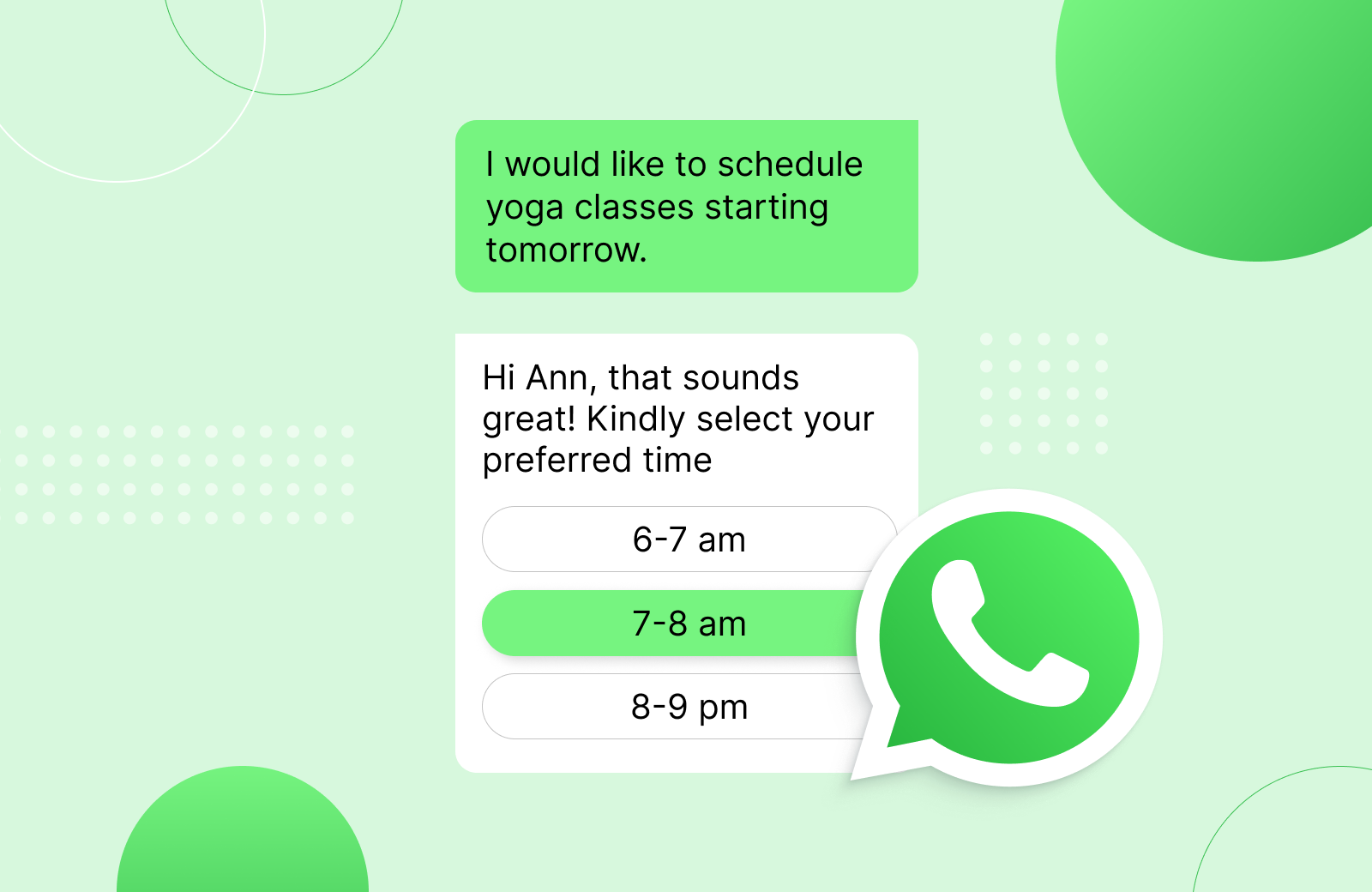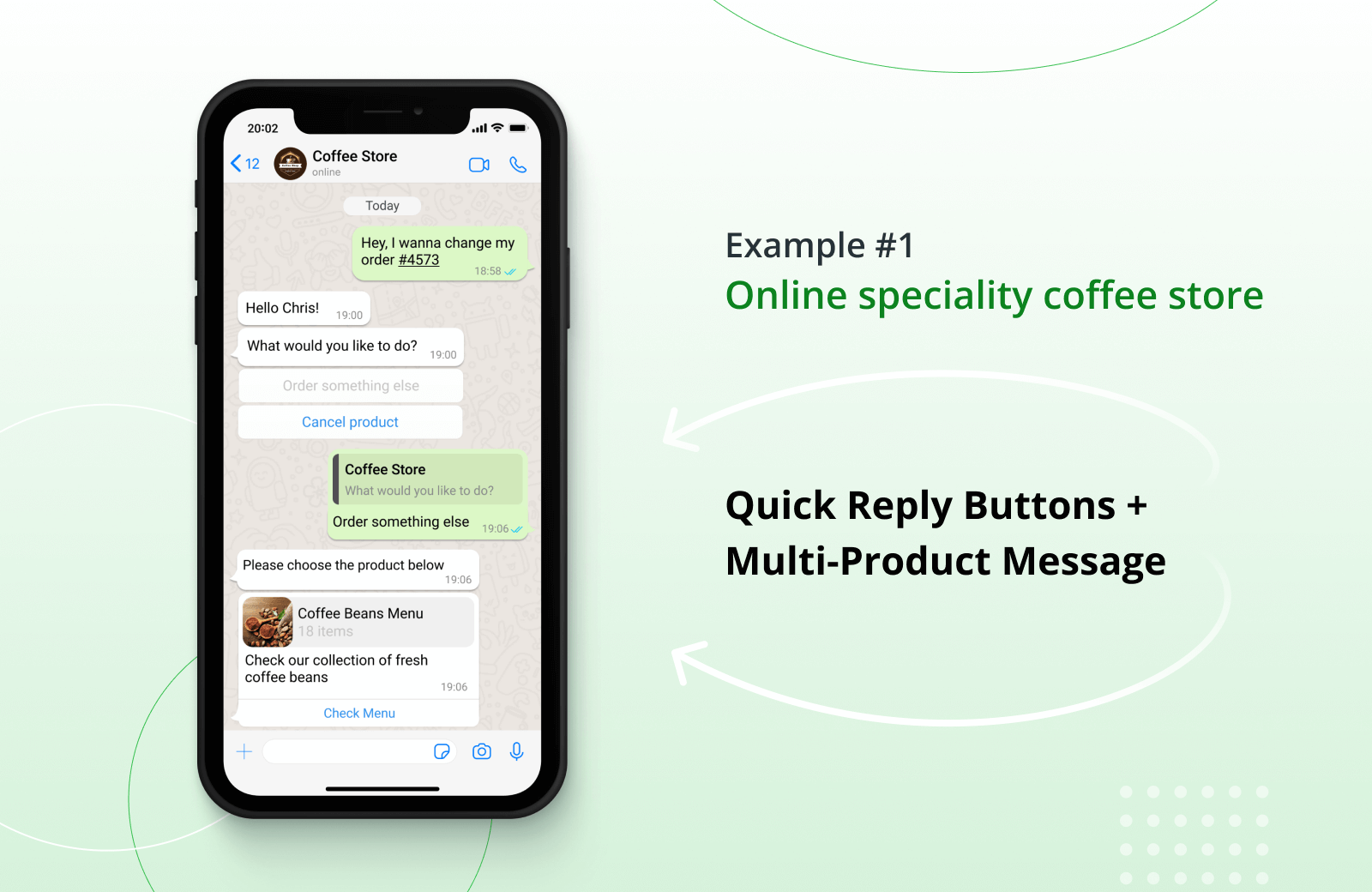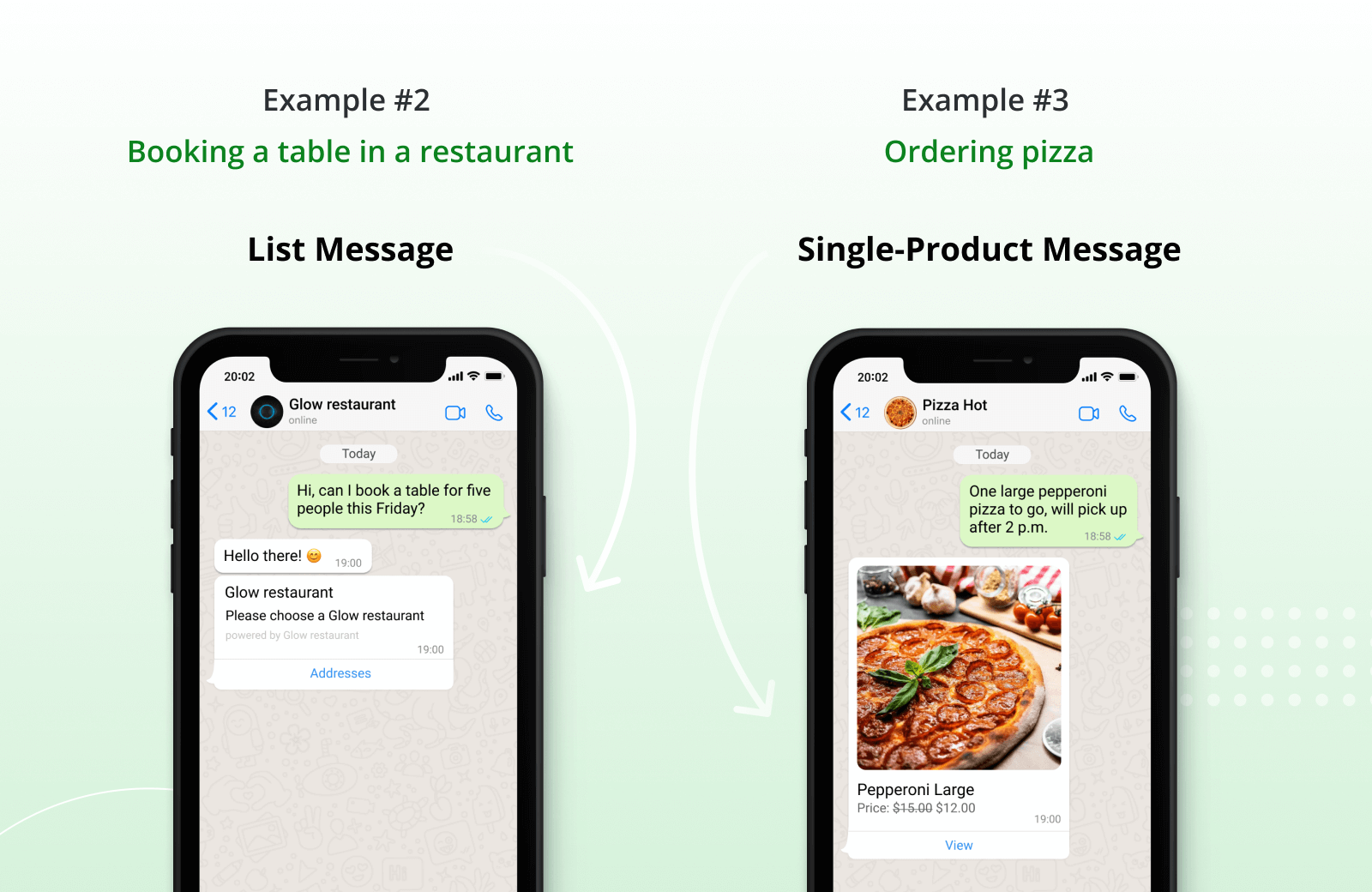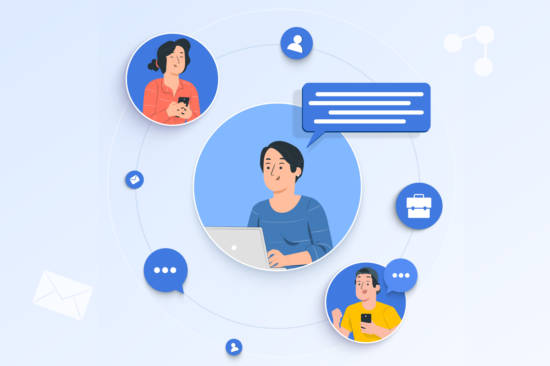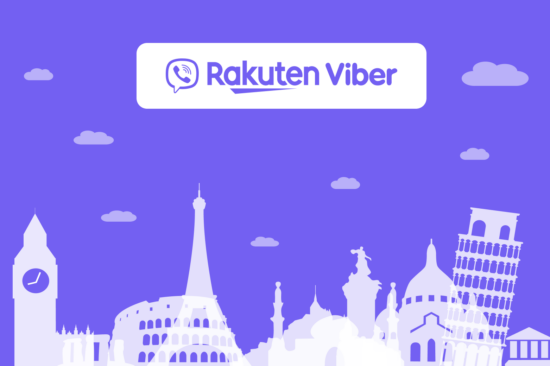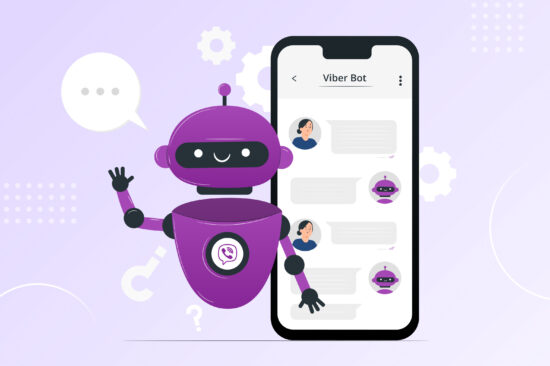Table of content:
If your company uses WhatsApp Business API, you already have access to robust message marketing features — you just need to uncover their full potential. Among these tools are WhatsApp Interactive Messages. Here’s our guide on how to use them effectively.
What are WhatsApp Interactive Messages?
WhatsApp Interactive Messages are a tool of WhatsApp Business API. It streamlines the business-customer communication process by offering your customers options to communicate with your business faster and with more ease. Time spent on back-and-forth texting is thus reduced — for both parties.
WhatsApp Interactive Messages are great for automation: they are commonly used in chatbots, as replies to customer requests. Four types of WhatsApp Interactive Messages:
- List messages.
- Single-Product Messages.
- Multi-Product Messages.
- Reply Buttons.
All four can be used together in the same flow. Read more about each WhatsApp Interactive Message type below.
Each list title in the options menu must be up to 24 characters. In addition to the options menu, a list message has a text header, body, and footer.
When a customer clicks on a certain option, they are offered subsequent steps that help to fulfil their request.
Businesses customize List Messages according to their concept: they can turn them into Frequently Asked Questions, product groups, restaurant menu items, and more.
A Single-Product Message has an attached option to view the details about that product, add it to the cart, or share it with another user.
Customers at first see a Multi-Product Message as a single message with an option to unroll it and view the products inside it. Just as with Single-Product Messages, customers can check the details about each product, add them to the cart, or share them with others.
There are two kinds of Reply Buttons, both are customizable:
- Call-to-Action (CTA) Buttons. Up to 2 buttons that prompt a customer to make a decision. One of the buttons must lead them to your business website/phone number. A header in a form of text, image, and/or document can be attached above the buttons;
- Quick Reply Buttons. Up to 3 buttons, each representing a short reply option for customers. Quick Reply Buttons are usually attached to a question/suggestion — for example, to choose a payment method, or to confirm an order placement.
When do you have or don’t have to pre-approve WhatsApp Interactive Messages?
According to WhatsApp Conversations API, interactive messages can be sent both as the so-called template messages and 24-hour window messages. What’s the difference?
Template messages, also known as Highly Structured Messages (HSM) are usually used to inform your customers about sales, new product arrivals, upcoming events, appointments, etc. If your business wants to message customers first on your WhatsApp business account, can message them to your consenting customers first.
Template messages can’t be free-from — you need to pre-approve each template with WhatsApp. But you’re allowed to use variables like names of your customers, ages, addresses, prices, etc.
Template messages:
- Can be initiated by businesses and sent to customers anytime.
- Need to be pre-approved by WhatsApp/Meta, but can use variables.
- Must be sent only to customers who previously opted in.
24-hour window in WhatsApp Business API is a time frame within which a business can send free-form messages to customers. A 24-hour window opens the second a customer starts a dialogue with your business. They can do so on their own accord, or by responding to your template message in WhatsApp.
24-hour window messages:
- Don’t have to be pre-approved by WhatsApp, unlike template messages.
- Need to follow WhatsApp/Meta policies.
- Can be sent repeatedly.
- Allow customers to choose only one option at a time with the WhatsApp Interactive Message Feature — but also allow going back to the previous option.
Why businesses need WhatsApp Interactive Messages: main benefits
Better customer experience. WhatsApp Interactive Messages make the customer journey seamless: they can find and view products and information, receive offers, make purchases, book appointments, and more without leaving the messenger.
Personalization is a big part of a positive customer experience. WhatsApp Interactive Messages provide personalization — from showing available timeslots to offering customers to repeating orders.
Accelerated marketing processes. With WhatsApp Interactive Messages customers receive convenient suggestions that help them make a decision. Wait times reduction is another benefit of WhatsApp Interactive Messages, especially if you implement them in a chatbot that responds immediately. All that helps to reduce customer support costs, as well as workload.
Using interactive messages is also easier for customers. The developers at Meta claim that during testing users showed higher comprehension levels when using WhatsApp Interactive Messages.
Increased response rates. According to the developers, chatbots with WhatsApp Interactive Messages resulted in higher response and conversion rates.
Examples of using WhatsApp Interactive Messages
Quick Reply Buttons + Multi-Product Message
Example #3. Ordering pizza. Single-Product Message
How to set up WhatsApp Interactive Messages with Messaggio
- Apply for WhatsApp Business API through Messaggio — an Independent Service Vendor that is certified by WhatsApp. Register a branded WhatsApp Sender ID for your business.
- WhatsApp Interactive Message layouts will already be available in your personal Messaggio dashboard. You can add them in chatbots, add variables, or send them manually during customer interactions.
Note: to send Single-Product and Multi-Product Messages you need to connect your product catalogue to your WhatsApp Business Account.
- To pre-approve Response Button templates, in your Messaggio Dashboard go to Templates and choose a WhatsApp template layout you need. Click Create and we will send the template for approval with WhatsApp immediately.
Start using all the benefits of WhatsApp Interactive Messages in WhatsApp Business API.
Want to know more about Whatsapp digital marketing campaigns and bulk business messaging?
Messaggio will answer all the questions and help you launch your WhatsApp campaigns: contact us.
